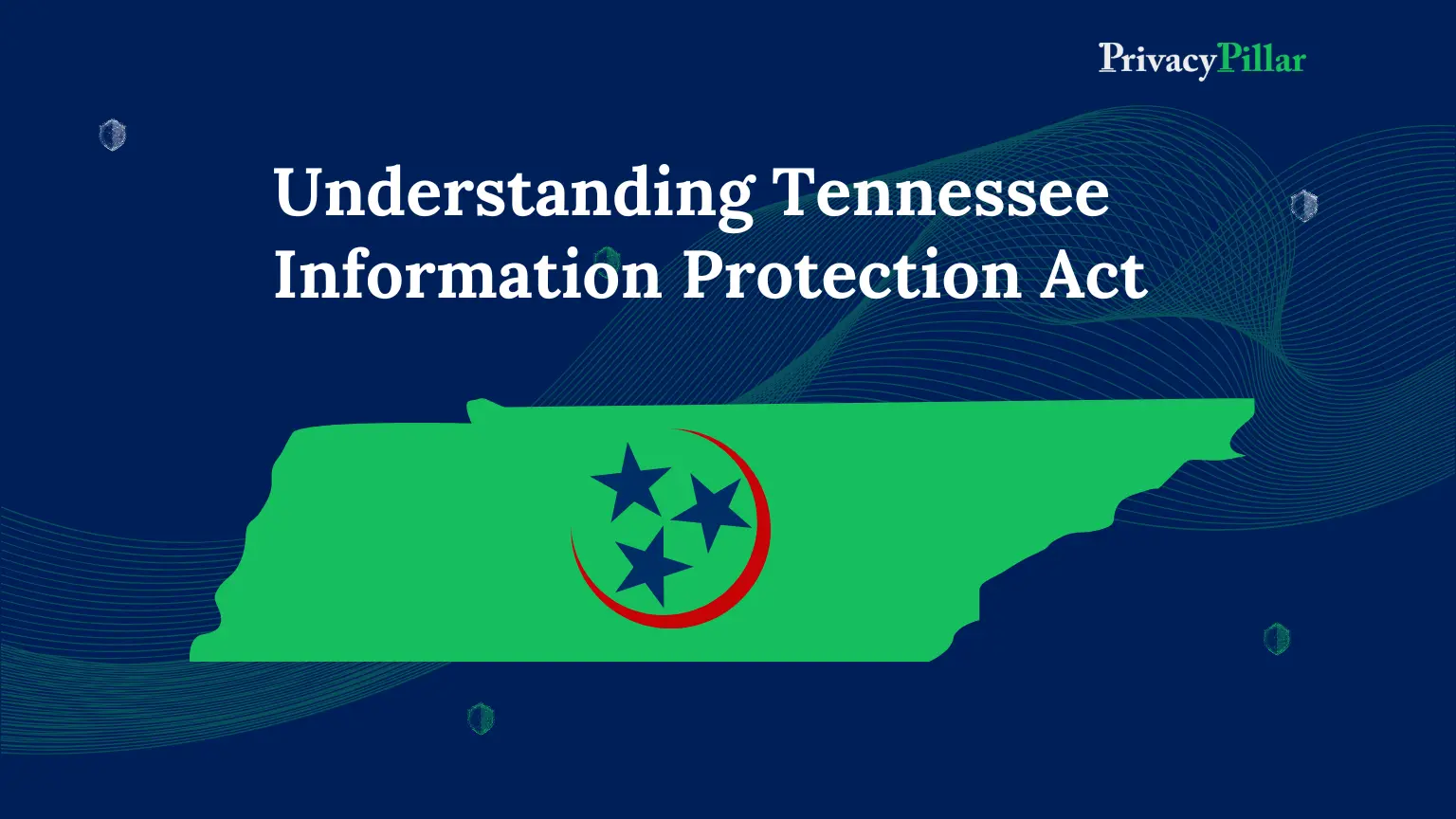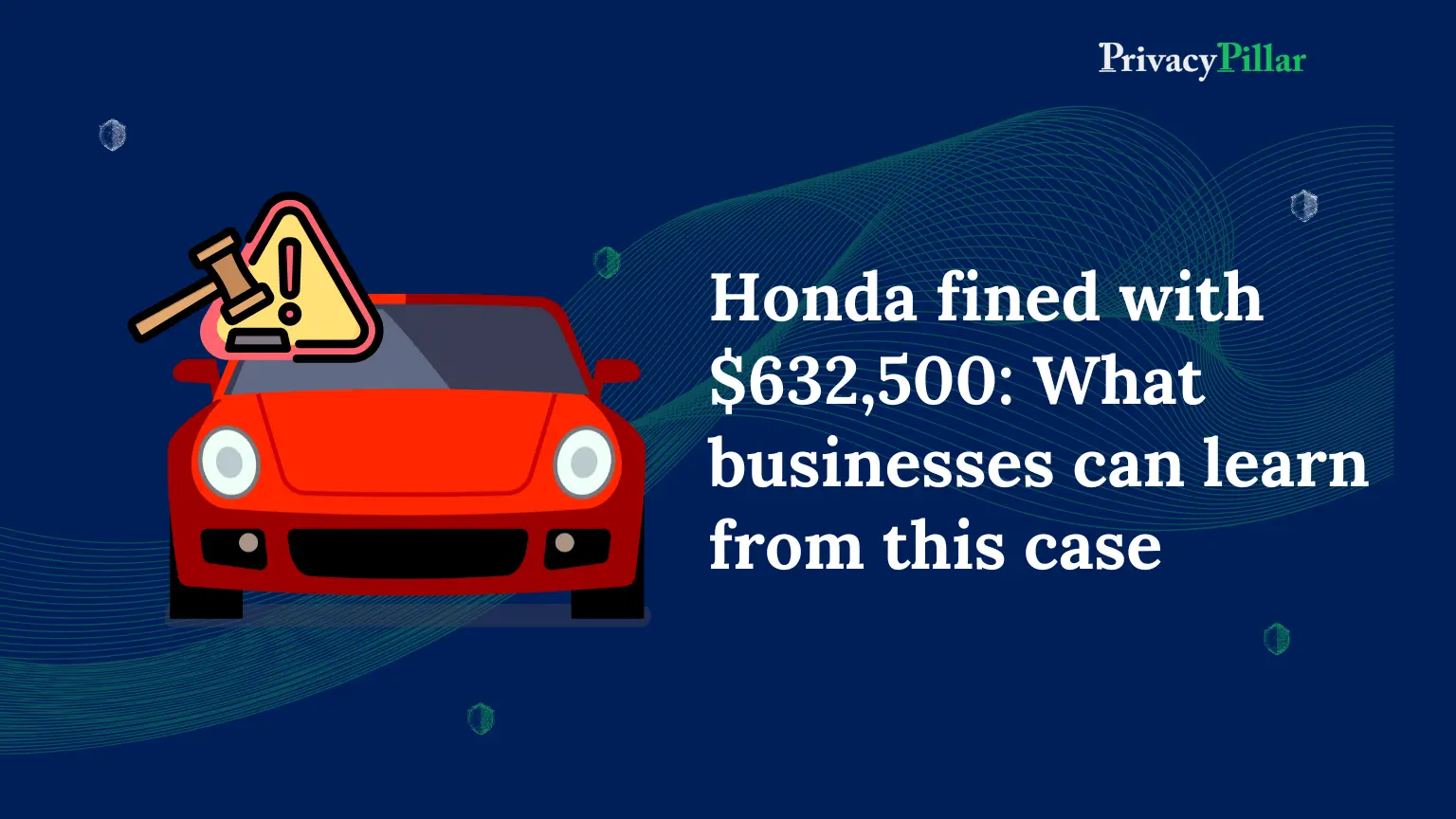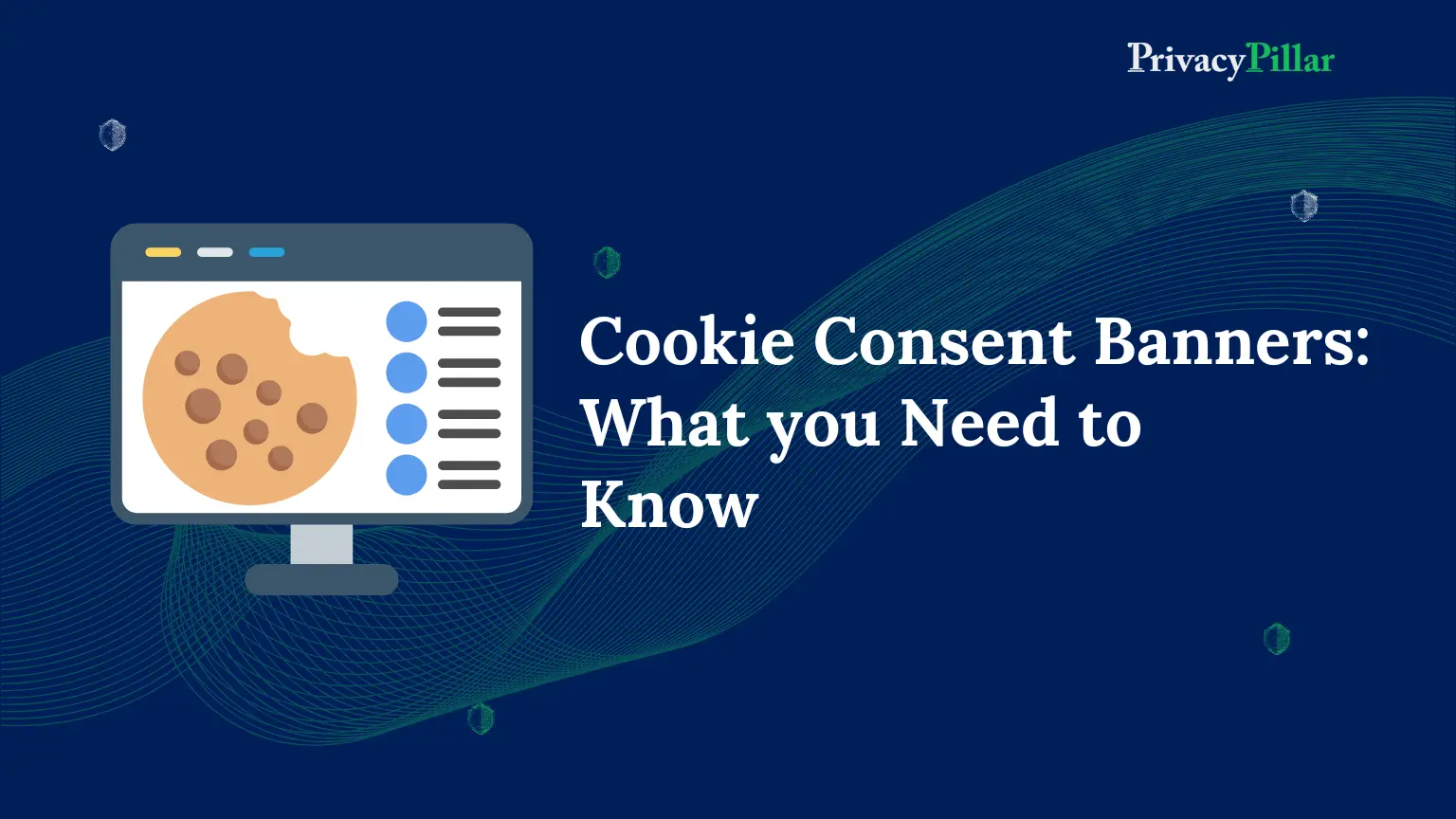
What is Data Privacy Governance
An organization’s data is one of its most valuable possessions: It requires proper storage, usage, protection, and analysis to extract the utmost advantage from it.
Confidential business and customer information become more vulnerable to security risks without suitable strategies for handling data.
A pivotal aspect of data management and security approaches is establishing a framework for data privacy governance.
People often intermix data governance with data privacy and security and use them synonymously.
But it is essential to understand that three of these concepts are different.
In this article, we will talk about Data Governance vs. Data Privacy vs. Data Security, how to set up a good data governance and privacy strategy, the influence of data governance on data privacy and security, and why understanding the difference between the three is vital for you and your business.
Data Governance vs. Data Privacy vs. Data Security
What is Data Governance?
Data governance encompasses a set of guidelines, rights, duties, and methods designed to manage data resources.
The primary aim of data governance is to mitigate risks, enhance the worth of data, fulfill regulatory obligations, define protocols for internal data usage, and enhance both internal and external data exchange.
Companies have two primary choices when it comes to their approaches to data governance.
They can opt for a passive data governance model, where data is fed into the system first, and then all the checks and cleaning processes occur.
Alternatively, they can use an active data governance model, validating and cleaning data before entering the system.
What is Data Privacy?
Data privacy is about how personal information is collected, used, and shared; simply put, it is about how it’s managed.
Rules for data privacy can differ in how strict they are and how they’re enforced, depending on the place.
Around the world, countries realize that having strict rules to protect personal data is good for businesses and individuals.
The European Union has the strictest rules so far, called the GDPR. Other countries are making similar rules based on the GDPR, like the California Consumer Privacy Act, Brazil’s LGPD, and Canada’s proposed Digital Charter Implementation Act.
But just having these rules isn’t enough to ensure data is private. We also need strong data security and the right technology to keep everything confidential.
What is Data Security?
Data security, as opposed to data privacy, is concerned with protecting data from the numerous internal and external risks it may face.
However, frequently putting these protections in place fails to meet data privacy concerns and regulations. Data security policies and processes help reduce cyber threats and deliberate abuse.
Data security includes all the measures a company takes to protect its digital data, including endpoints, networks, and perimeter security.
A complete data security policy should be developed to assist in enforcing any regulations designed to surround and protect sensitive and private data.
This policy should encompass three essential areas: people, procedures, and technology solutions.
Influence of data governance on data privacy and security
Data governance frameworks are essential for maintaining the accuracy and quality of data, and they play a significant role in keeping data private and secure.
Even though data governance, data security, and data privacy are different concepts, they all aim to get the most value from data while keeping it safe for the organization.
Although data governance is primarily a strategic idea, it also includes practical steps and procedures to ensure data is used well while still protected.
This helps the organization reach goals like keeping data safe from being lost, stolen, or misused.
Finding and fixing data security issues requires everyone to work together and communicate effectively.
Data governance can help ensure that the resources used to secure data are organized so that the organization can respond quickly to any threats.
How to set up a good data governance and data privacy strategy?
Multiple components are necessary to establish effective data management.
- Data Architecture (Storage, Modeling, Visualization)
Before discussing a data governance framework, a company must have a solid foundation: a reliable infrastructure. Depending on business needs and the company’s level of data maturity, the specifics of the data architecture framework can vary greatly.
- Search and Discovery
The initial step in any data governance strategy is ensuring relevant individuals can quickly locate the datasets they need for analysis or AI model creation. Without this step, companies often have numerous inquiries on Slack and unnecessary meetings with engineering teams.
Due to this, duplicate tables, analyses, and dashboards have become common. This mismanagement wastes valuable engineering resources that are vital for subsequent steps.
- Metadata and Documentation
Once efficient data discovery is in place, understanding the data promptly becomes essential to assess its usefulness.
- Data Quality
With accessible and understandable data stored in a scalable infrastructure, the next concern is trusting its quality.
The rise of data observability and reliability tools in recent years attests to this need.
Data observability involves automated monitoring, alerting, and troubleshooting to prevent data-related downtime.
Data quality can be managed through declarative means (manually defining thresholds and behavior) or ML-driven methods (detecting sudden distribution changes).
- Security and Access Rights
Specific data holds more sensitivity or strategic value, requiring enhanced security measures. Imagine a bank unwilling to grant every employee access to transaction logs.
Defining and managing access rights can become complex as the number and types of data users increase.
Situations arise where temporary access is needed for specific tasks.
Meticulously managing access rights is essential to maintain security standards, especially as roles evolve within the organization, like an employee from the finance department shifting to marketing.
- Compliance and Regulation
This aspect is easy to comprehend: asset lists and reports on personal information and usage are necessary to adhere to various policies and regulations.
Currently, regulators primarily target larger enterprises, but it’s only a matter of time before smaller companies face penalties too.
Governance programs often benefit from annual committees to direct these efforts.
Conclusion
It might seem like a lot to take in, but that’s because it truly is.
Given the existing regulations designed to safeguard consumer privacy and data, your business must understand the consequences of overlooking or neglecting these aspects.
As a business, the responsibility rests on your shoulders to ensure the security of your data. Failing to do so can lead to severe consequences.
According to a recent survey by Varonis, around 60% of small and medium-sized businesses that fall victim to hacking end up going out of business within six months.
All three areas—data governance, data privacy, and data security—need to be integral parts of your overall strategy.
However, everything begins with identifying and categorizing your data and recognizing the risks it faces.



